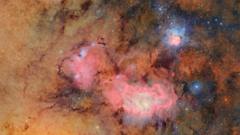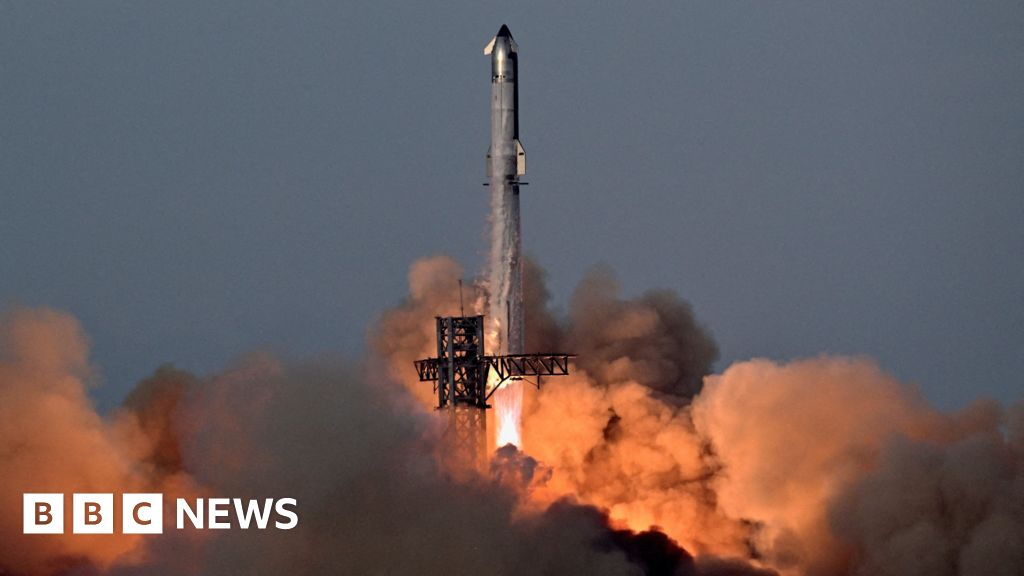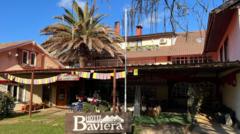A groundbreaking moment in astronomy has recently occurred with the unveiling of the first image captured by the Vera Rubin Observatory, located in Chile. This powerful telescope has showcased its advanced capabilities by revealing the Trifid and Lagoon nebulae in stunning detail. Positioned 9,000 light years from Earth, these vibrant gas and dust clouds are part of a star-forming region that highlights the vastness of the universe.
The Vera Rubin telescope, housed within the world’s most advanced digital camera, is designed to revolutionize our knowledge of the cosmos. Scientists anticipate that it could uncover a ninth planet in our solar system within the first year of operations. In addition to this, the telescope aims to detect potentially dangerous asteroids and facilitate an extensive mapping of the Milky Way. It promises to address pivotal questions surrounding dark matter, the enigmatic substance that constitutes most of the universe.
This moment marks the beginning of a decade-long continuous survey of the southern night sky. “I personally have been working towards this point for about 25 years,” says Professor Catherine Heymans, Astronomer Royal for Scotland. The UK plays a vital role in this endeavor, with plans to set up data centers to meticulously process the extensive data generated by the telescope.
The observatory is strategically placed on Cerro Pachón in the Chilean Andes, a location known for its dryness and darkness, making it an ideal site for astronomical research. The facility carefully maintains its nighttime darkness to avoid interference with light emissions, ensuring accurate celestial imaging.
A significant feature of the Vera Rubin camera is its high-resolution capabilities, boasting 3,200 megapixels, which is 67 times more than an iPhone 16 Pro camera. This permits capturing minute details, such as a golf ball on the Moon, and the telescope is set to take images every 40 seconds for comprehensive nocturnal surveys.
The telescope’s design includes a unique three-mirror arrangement that maximizes light capture, vital for studying distant cosmic objects. Over the next ten years, the Vera Rubin Observatory will conduct its Legacy Survey of Space and Time, generating approximately 10 million data alerts per night. These alerts will significantly contribute to ongoing research in four main areas, including solar system mapping and understanding dark matter.
The observational prowess of the telescope could even assist in safeguarding Earth by identifying hazardous objects that venture close to our planet. It is expected to offer a transformative data set essential for comprehending the Milky Way galaxy, with insights stretching backward in time to 1.2 million light years, potentially unearthing small satellite galaxies and extending our grasp into the universe's stellar halo.
Although delving into the mysteries surrounding the potential existence of Planet Nine, which might be located far beyond the reach of conventional telescopes, may take years, astronomers are enthusiastic about the insights and advancements that the Vera Rubin Observatory will provide to the fields of astrophysics and cosmology. "It's going to take us a long time to really understand how this new beautiful observatory works. But I am so ready for it," says Professor Heymans.


















